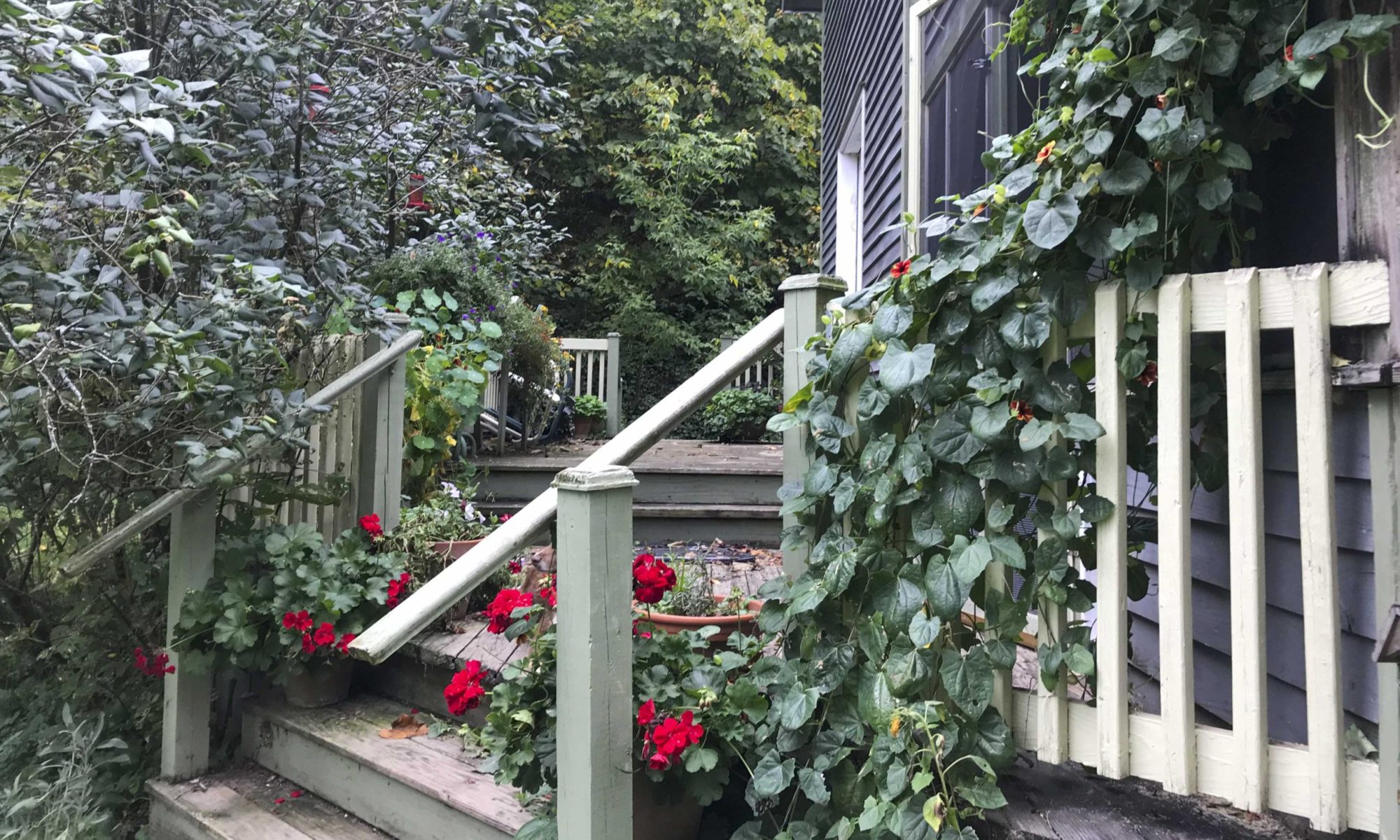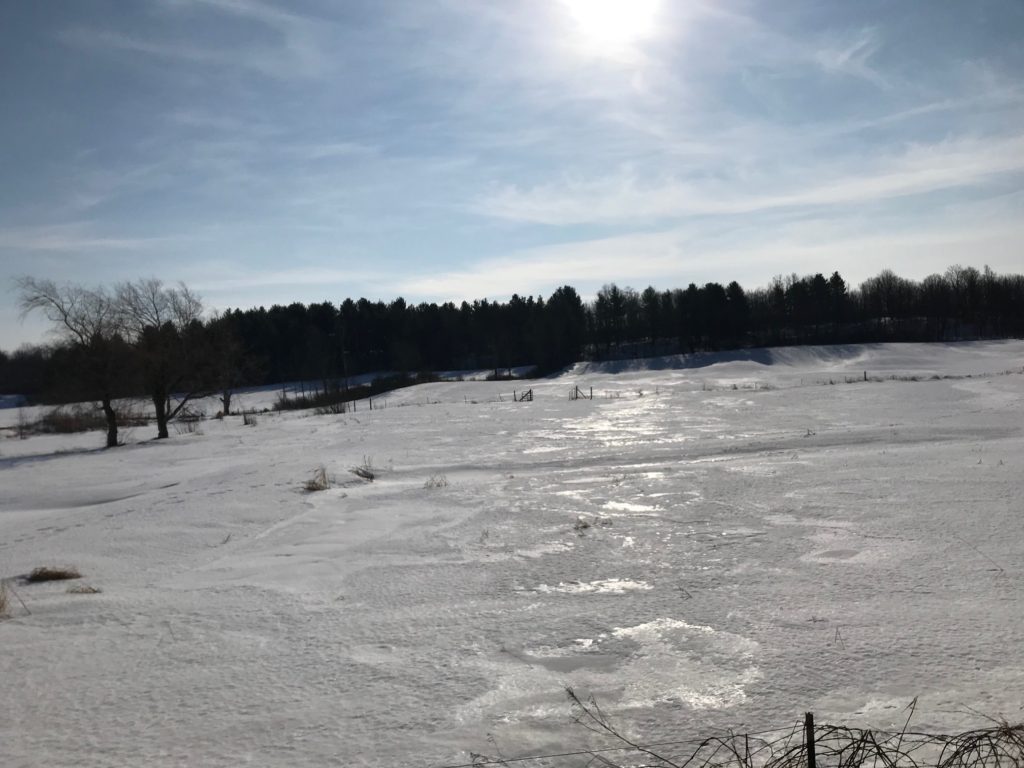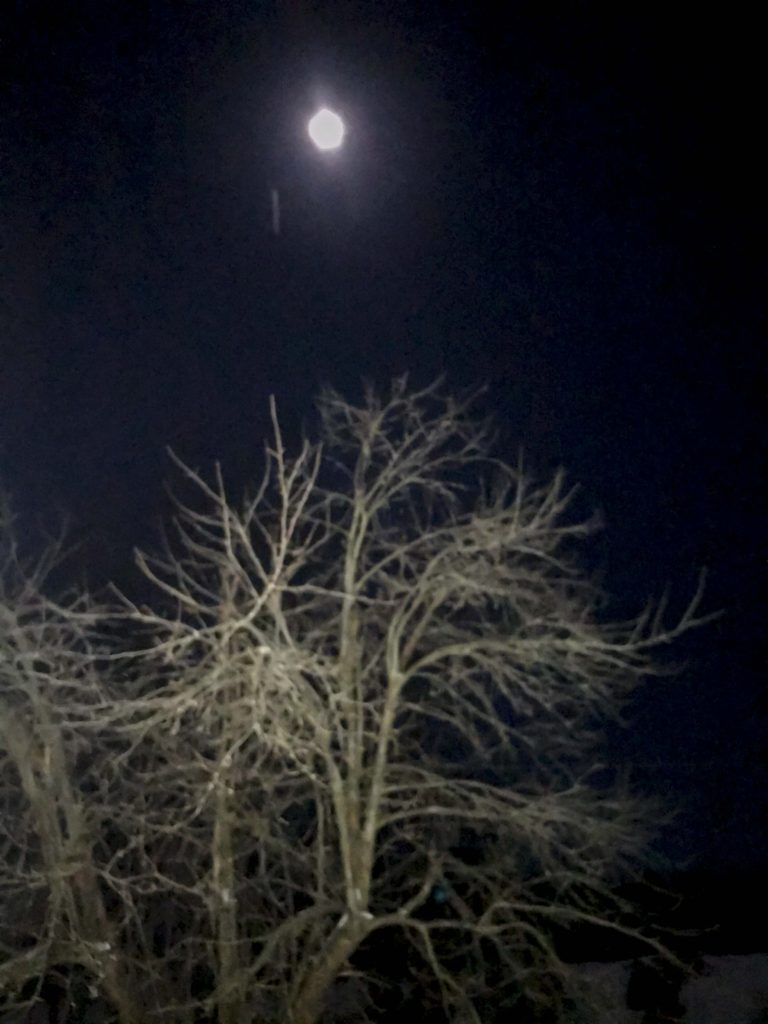The unassuming chickadee is my favorite bird. Gray and black puffballs visit the feeders even on the coldest, shortest days of winter. In other words, they don’t head to Floridian condos or Mexican haciendas. We’re in this February thing together.
I’ve done my share of traveling and I am no longer ashamed to tell people that my favorite place on earth is right here on the farm. It’s not that I’m incurious about the wonders of our planet. Quite the contrary. My breath has been stopped by the high desert of the southwest, by European cathedrals, and the mud-hut villages of rural Cameroon.
However, I am literally fixed to this dirt. After 50 years of being based on the same piece of ground, I know and love this place. I love it because I know it. That’s what makes it special.
This seems incredibly obvious, but what I’m talking about is more than just recognizing plants or trees. I’m talking about being able to read the ridges in the back hayfield and know they were made by the farmer before me—and why they’re still there.
Okay, let me get a little weird here…I feel my predecessors on this land. And I know and respect the animals who live here now. Like the chickadee. Or, the coyote, whose howl is a song coming from the ridge almost every night.
It’s mid-February and nighttime temperatures are ranging from +20F to -20F. There’s a foot or two of snow cover, and the thermometer might climb to +30 during the day. I walk for a couple of hours every morning, and then I hunker in—writing, working via phone, crocheting, puttering with little house projects, reading, making bread and soup. And, of course, I let my mind wander as I watch a chickadee work a sunflower seed out of the feeder before flying to the crab apple tree.
There’s room at the window for you.




